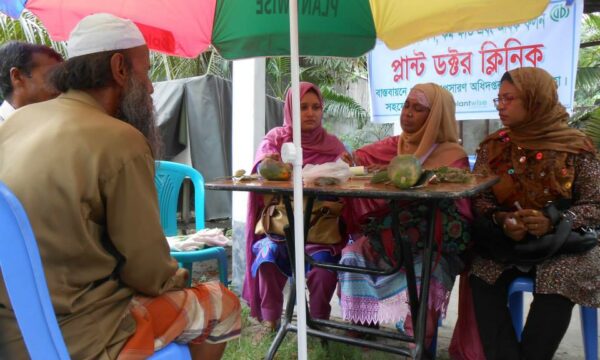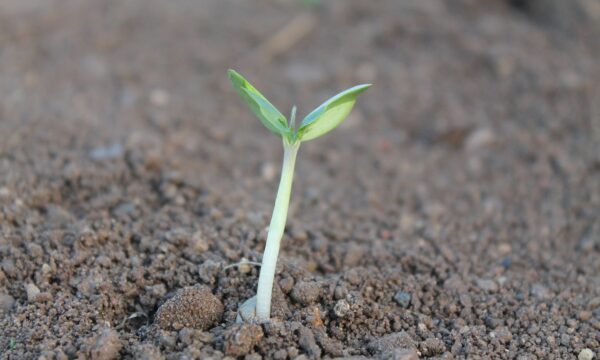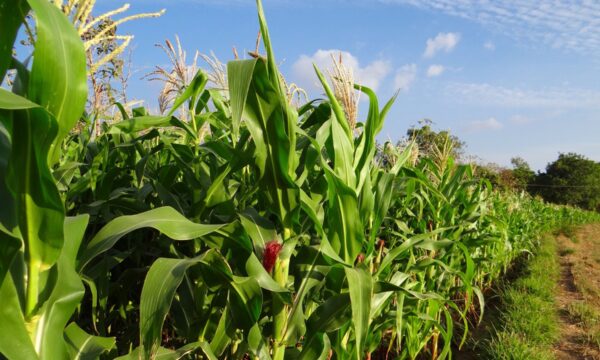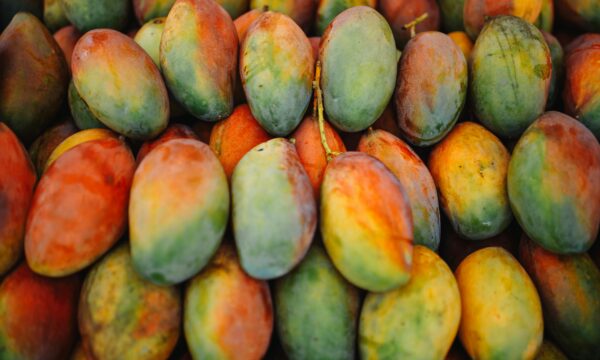Guatemala has declared a state of agricultural emergency after coffee rust fungus has affected approximately 193,000ha of coffee, equating to 70% of the national crop. As a result of the outbreak, Guatemala is releasing $13.7m (£8.7m) in emergency aid to help farmers buy pesticides and to inform farmers on ways to manage the disease. Honduras and Costa Rica have already declared national emergency and El Salvador and Panama are also affected.
Coffee is a major export crop in many Central American countries and it is thought that this disease outbreak, which has been called “the worst seen in Central America and Mexico” by John Vandermeer, ecologist at the University of Michigan, will lead to big job losses. The Institute of Coffee in Costa Rica has estimated that the latest coffee rust outbreak may reduce the 2013-2014 harvest by 50% or more in the worst affected areas.
To find out more information about coffee rust view our Plantwise Knowledge Bank- Coffee Leaf Rust PDF booklet.

Symptoms of Coffee Rust (Hemileia vastatrix) © Carlos Roberto Carvalho, Ronaldo C. Fernandes, Guilherme Mendes Almeida Carvalho, Robert W. Barreto, Harry C. Evans (2011): Cryptosexuality and the Genetic Diversity Paradox in Coffee Rust, Hemileia vastatrix. PLoS ONE 6(11): e26387. {{doi:10.1371/journal.pone.0026387}} (CC-BY 2.5)
Coffee Rust is caused by the fungus Hemileia vastatrix. The fungus first emerged as a significant problem in Sri Lanka (formerly Ceylon) in 1869, where over 90% of the coffee crops were destroyed in regions affected by the fungus. By 1970 the fungus had been detected in Brazil, and severe outbreaks were seen in Costa Rica in 1989 and Nicaragua in 1995. The current outbreak is thought to be a result of a combination of unusually high temperatures, rainfall and humidity. High rust spore populations were left on the ground from last year and heavy rainfall may have facilitated the multiplication of the fungus.
Currently one of the most effective management practices against coffee rust is the use of resistant varieties of coffee. In Africa, CABI’s Noah Phiri reports that the disease is causing increasing problems, although resistant varieties are being used to control the disease. However to date most of the resistant varieties are specific to only one race of the disease, and the resistant genes come from robusta coffee species and not the higher quality arabica coffee.
Fortunately, there are a number of research programmes on coffee rust disease currently in progress. These include work into the coffee rust genome by Harry Evans at CABI in Egham, UK and work at the Federal Rural University of Rio de Janeiro in Brazil to isolate resistance genes in coffee. In Nairobi, CABI’s Noah Phiri is using money from the intergovernmental agency for Common Fund of Commodities, as well as from Kenya, Rwanda, Uganda and Zimbabwe to screen for resistant coffee plants and to analyse varieties of the pathogen. Marci Aurelio Cristancho, a researcher at Cenicafe, the National Centre for the Investigation of Coffee in Chinchina, Colombia, says that the government has supported research into developing resistant strains of coffee. The introduction of resistant strains, together with improved weather monitoring to help predict rust outbreaks has meant that fungicide use has been reduced by 50%.
“Scientists need to continuously develop resistant varieties in order to keep coffee leaf rust disease at bay” Noah Phiri says, “Governments in coffee-growing countries need to take coffee research as a priority and provide necessary resources”.
If you are reading this blog in the UK, you can listen to CABI’s Peter Baker talking about the coffee rust outbreak in Central America here.
References:
‘Guatemala’s coffee rust ‘emergency’ devastates crops’, BBC News, 9 February 2013
‘Coffee rust regains foothold’, by Daniel Cressey, Nature, 29th January 2013
Related News & Blogs
Training Sri Lanka’s agro-dealers in pesticide risk reduction
Agro-dealers provide vital support to Sri Lanka’s farmers. These agricultural input suppliers are often the first point of contact for smallholders who need advice on plant protection products. However, agro-dealers often lack formal training in safer…
3 July 2025




